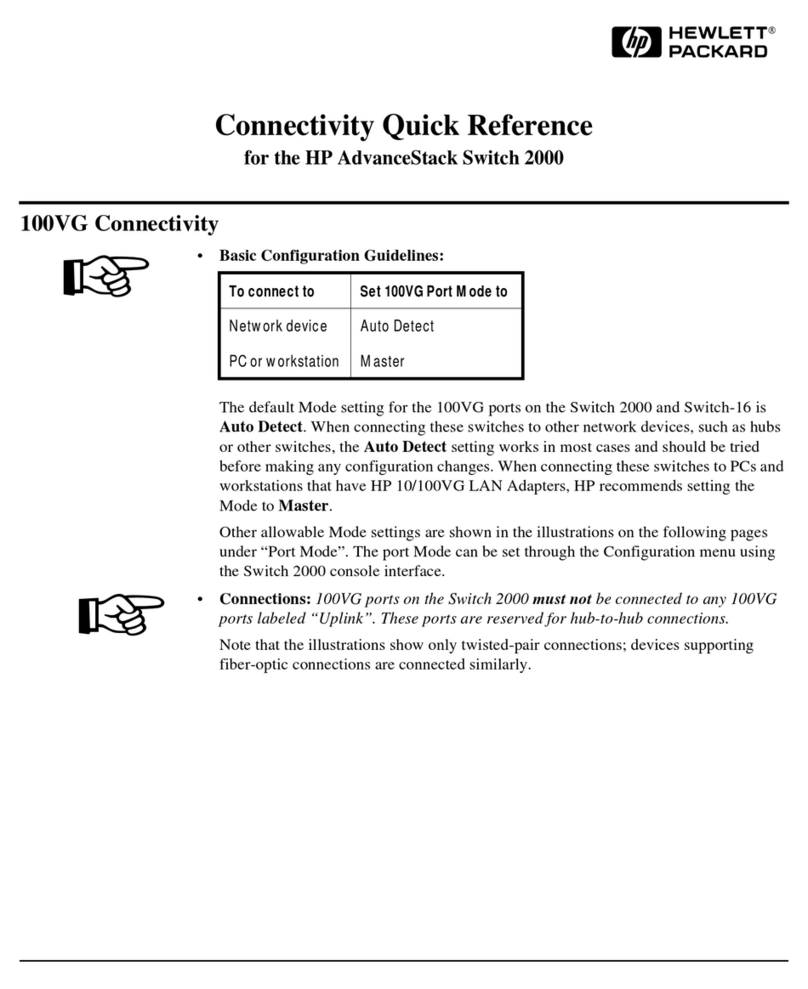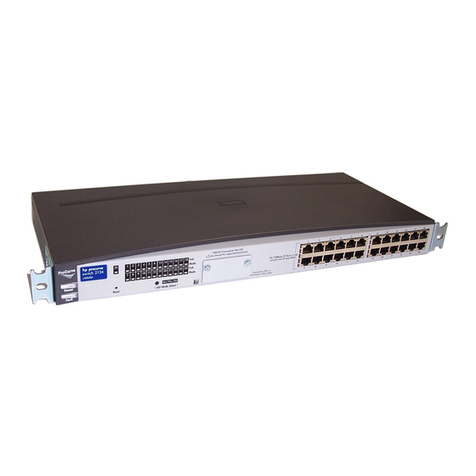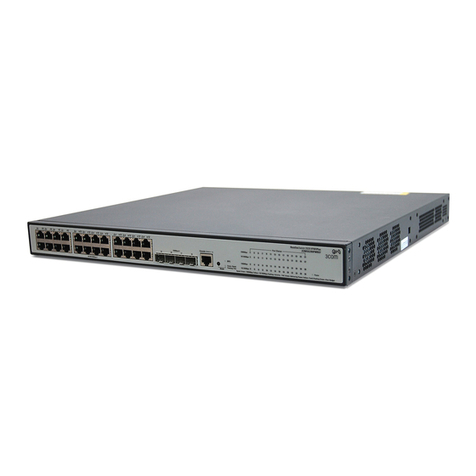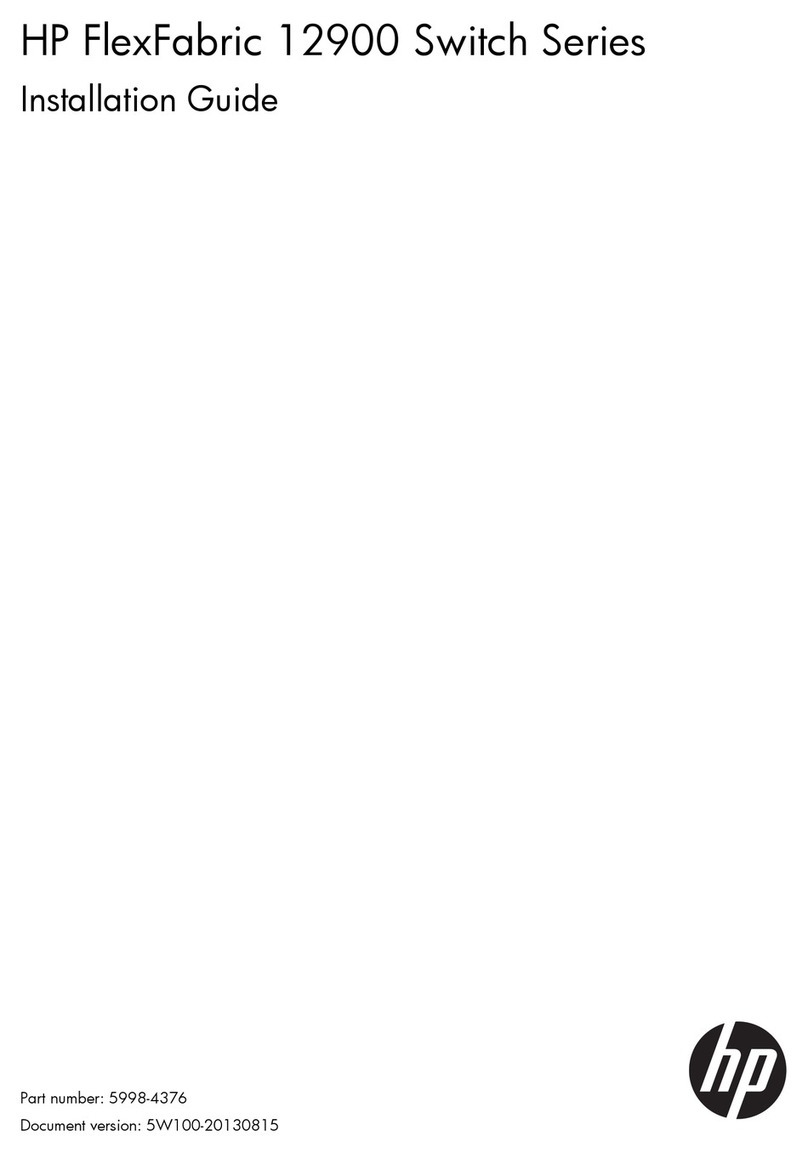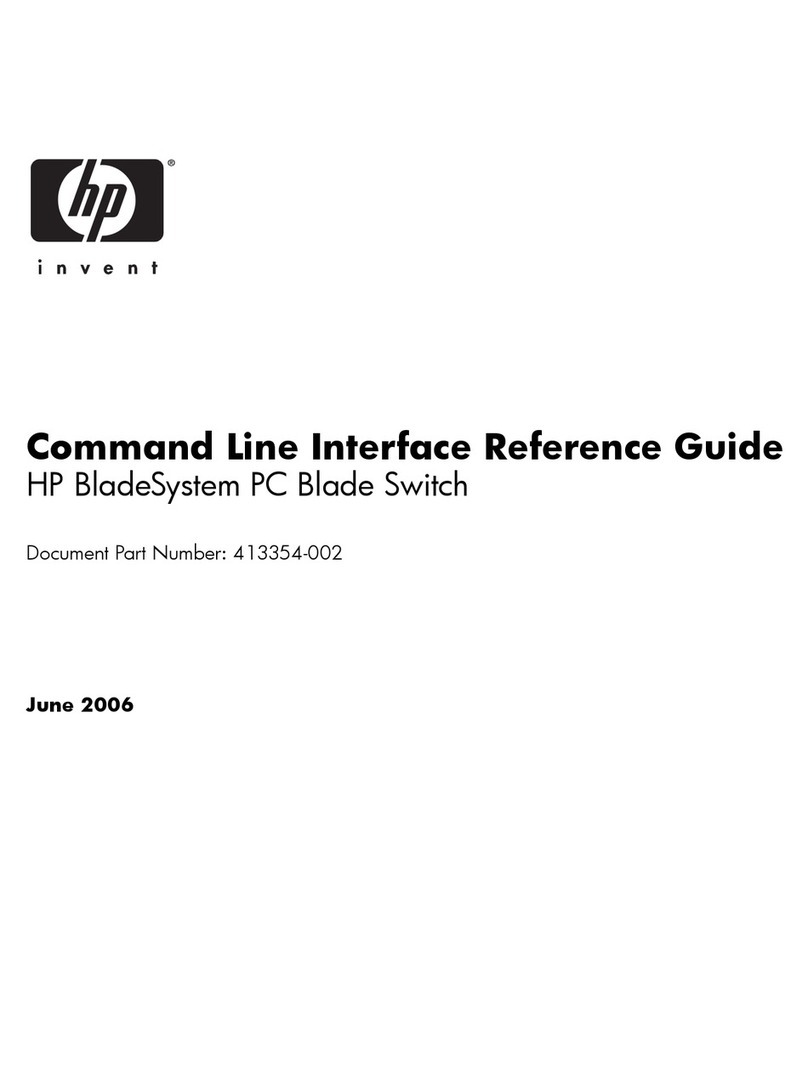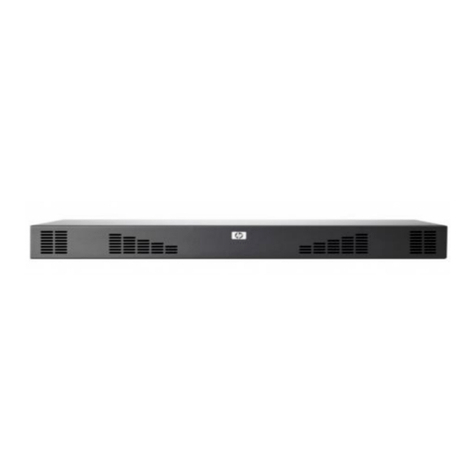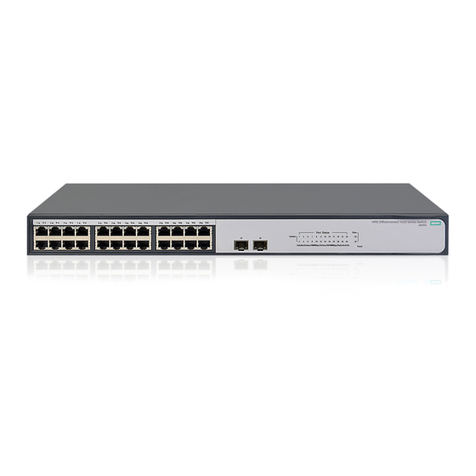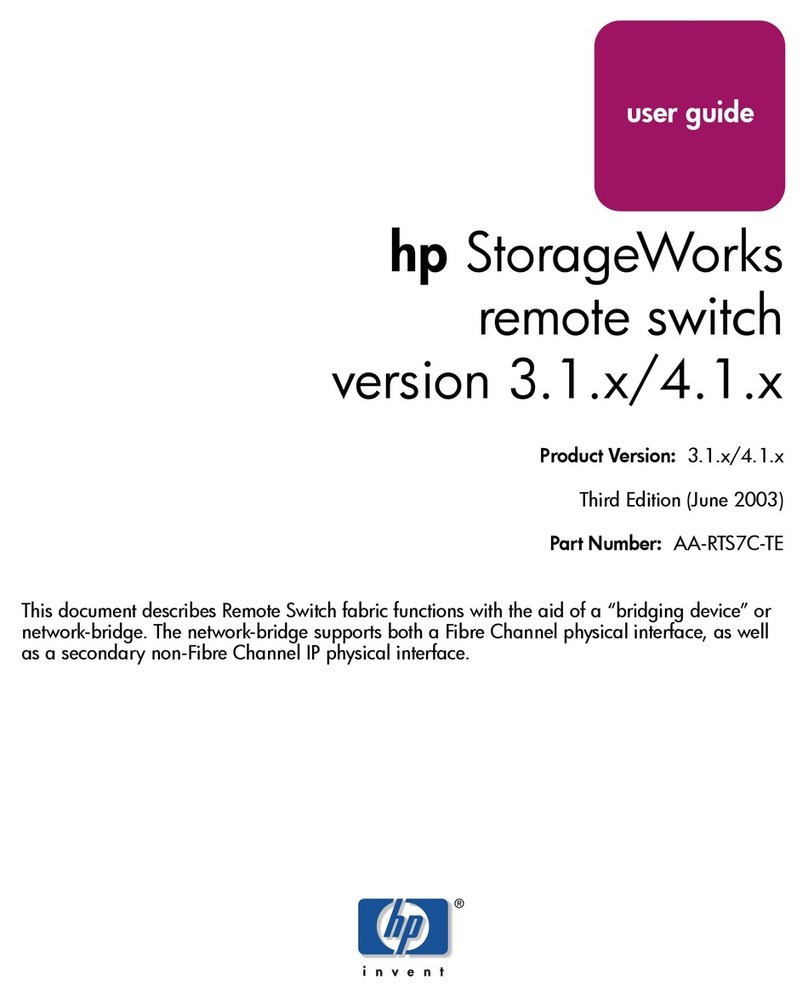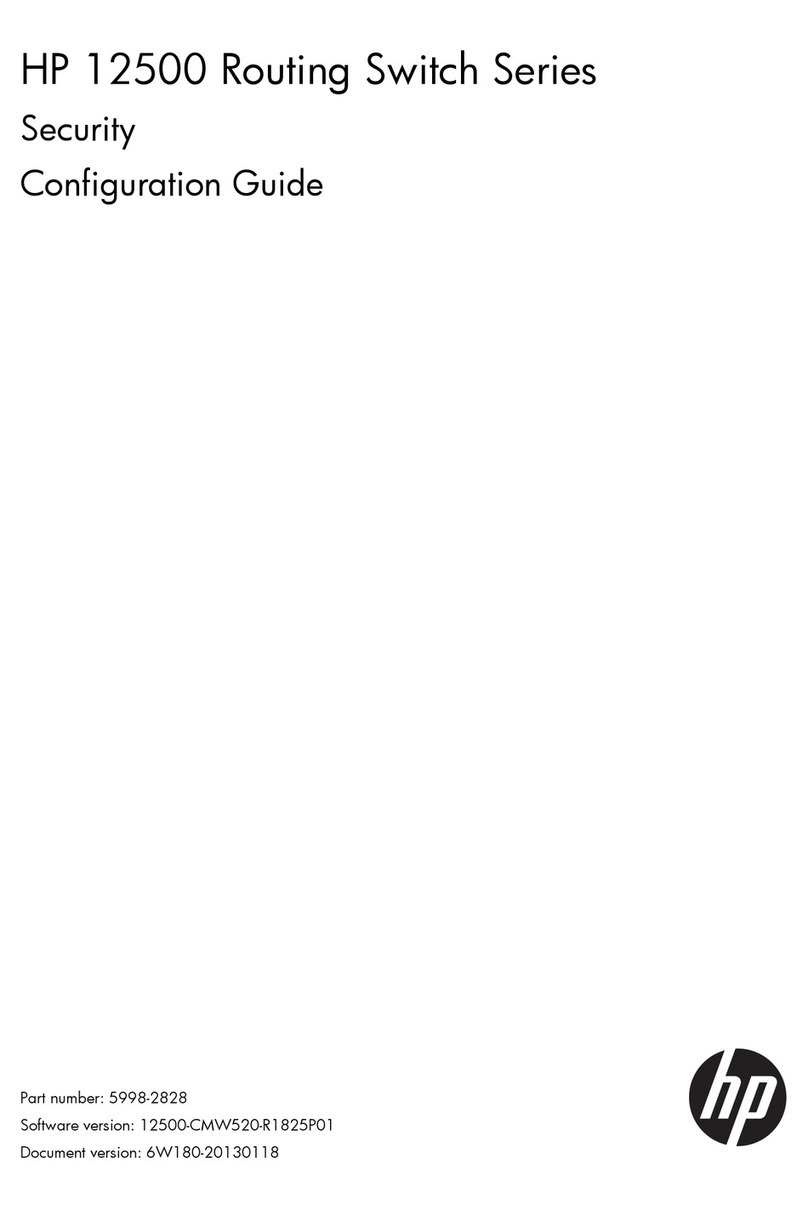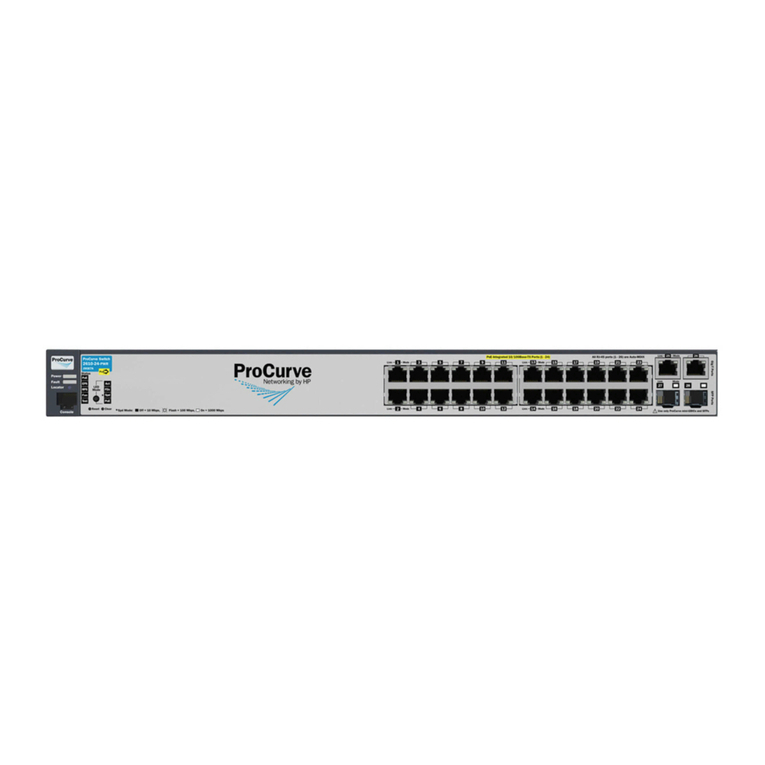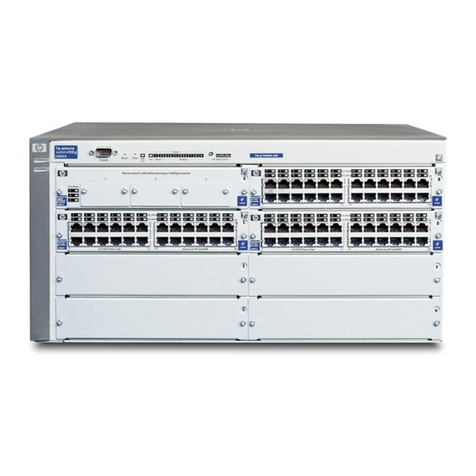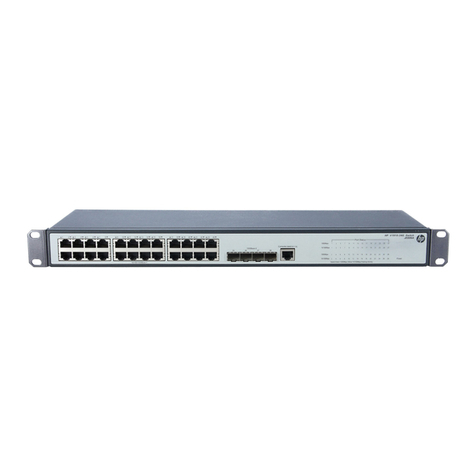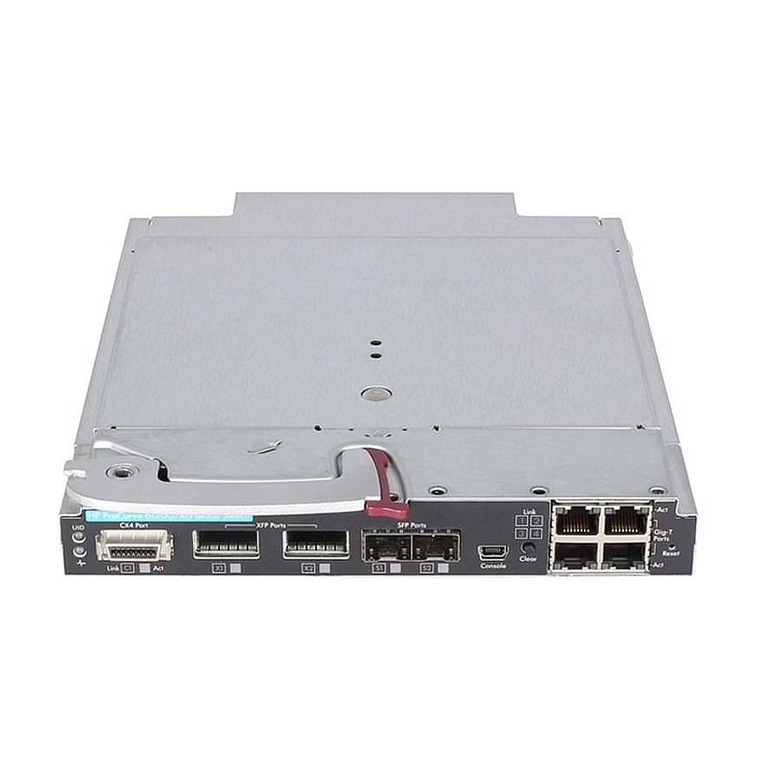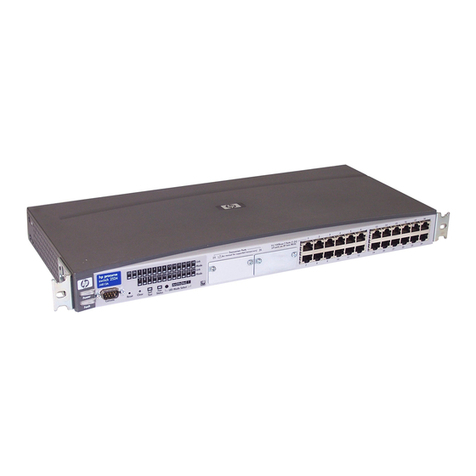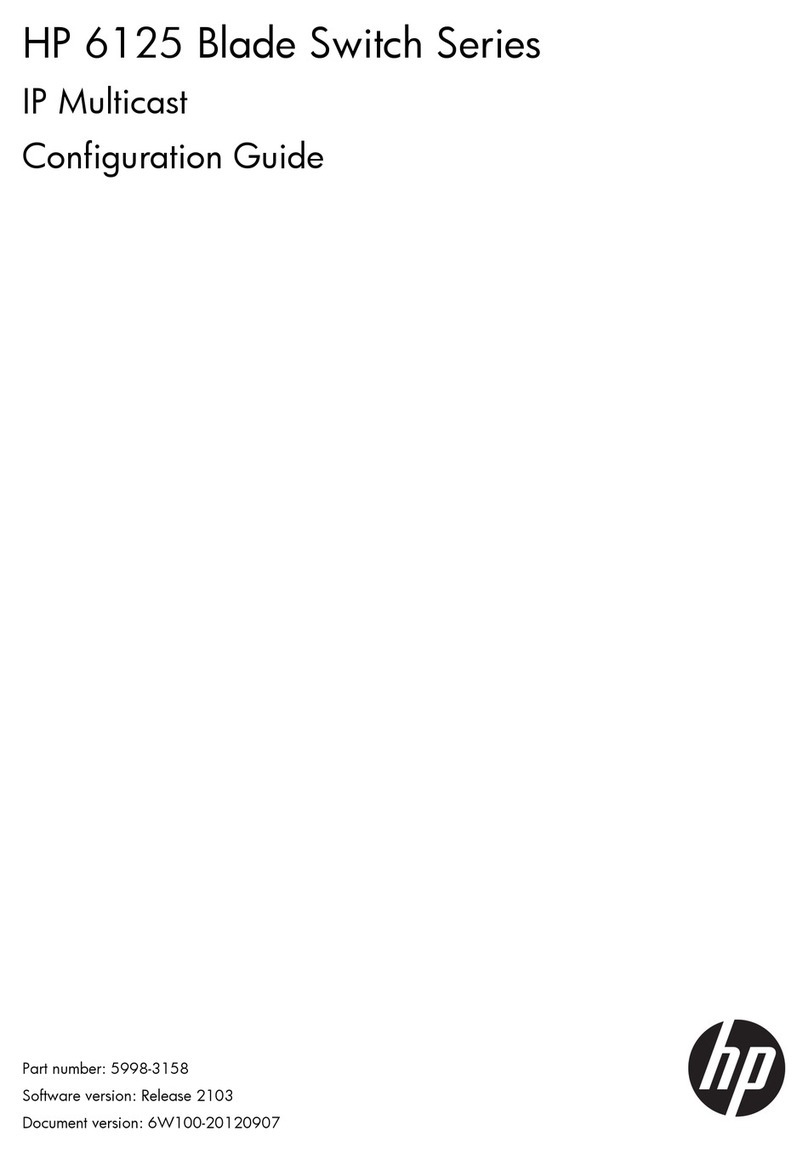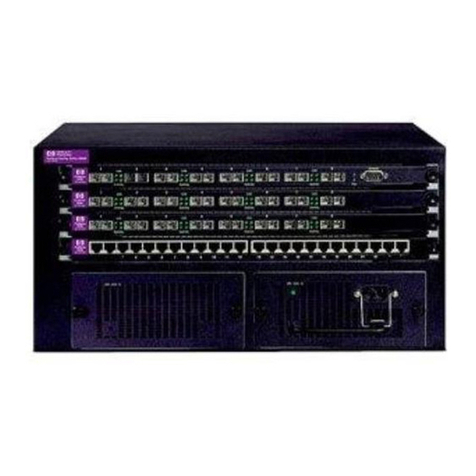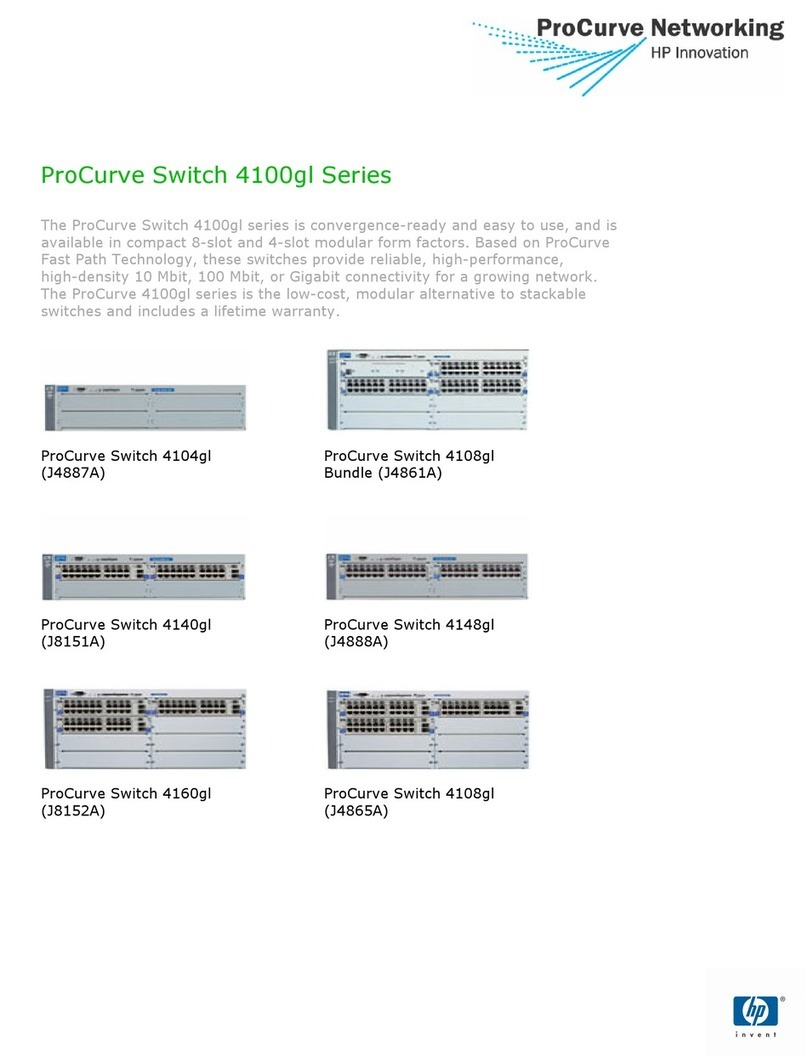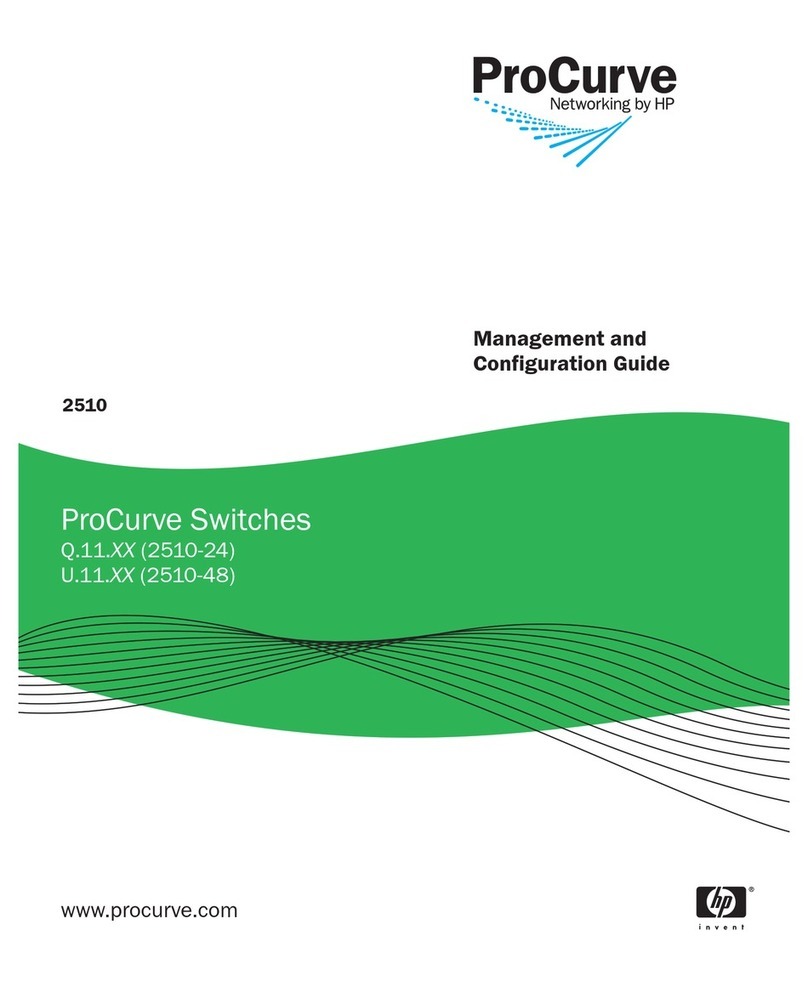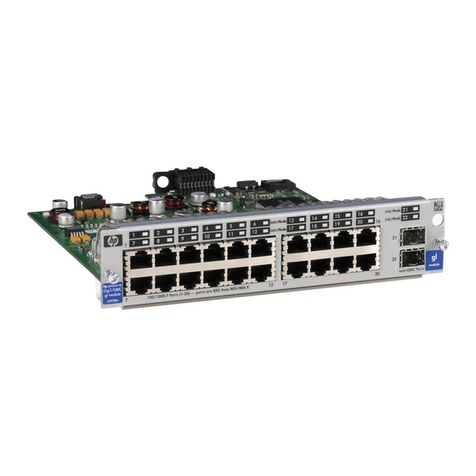Glossary
8 Directors and Edge Switches Glossary
channel path identifier
(CHPID) — In a channel subsystem, a value assigned to each installed channel path of the
system that uniquely identifies that path to the system.
channel-to-channel
CTC. A channel attached to another channel (channel-to-channel) and specifies the I/O mode of
operation for the channel path under the I/O configuration program (IOCP) channel path
identifier (CHPID) statement ‘Type’ parameter. See also channel path identifier.
channel wrap test
A diagnostic procedure that checks S/390 host-to-director connectivity by returning the output
of the host as input. The test is host-initiated, and transmits Fibre Channel frames to a director
port. A director port enabled for channel wrapping echoes the frame back to the host.
CHPID
See channel path identifier.
Class 2 Fibre Channel service
Provides a connectionless (not dedicated) service with notification of delivery or nondelivery
between two N_Ports. In-order delivery of frames is not guaranteed.
Class 3 Fibre Channel service
Provides a connectionless (not dedicated) service without notification of delivery or
nondelivery between two N_Ports. Also known as datagram.
Class F Fibre Channel service
Used by switches to communicate across interswitch links (ISLs) to configure, control, and
coordinate a multiswitch fabric.
class of Fibre Channel service
Defines the level of connection dedication, acknowledgment, and other characteristics of a
connection. Class 2, Class 3, and Class F services are supported.
client/server computing
Architectural model that functionally divides that execution of a unit of work between activities
initiated by an end user or program (client) and those maintaining data (servers). Originally
thought to make mainframes obsolete.
cluster
A group of processors interconnected by a high-speed network (typically dedicated) for
increased reliability and scalability. Clusters are groupings of multiple servers in which
information is shared among systems. When a server in a cluster fails, one of the other servers
in the cluster assumes the responsibility of the failed server, thereby ensuring server,
application, and data availability.
